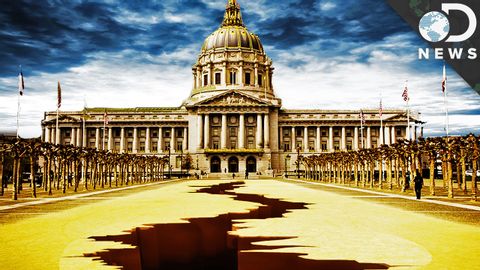我们如何设计建筑以抗震(How We Design Buildings To Survive Earthquakes)
joey joey 發佈於 2021 年 04 月 26 日  沒有此條件下的單字
沒有此條件下的單字US /ˈɛpɪˌsod/
・
UK /'epɪsəʊd/
- n.插曲;集;(電視或廣播節目的)一集;事件;一段時期;(疾病的)發作
US /ɪˈsenʃəli/
・
UK /ɪˈsenʃəli/
- adv.本質上 ; 本來 ; 實質上;本質上;實際上
US /ɪˈnɔrməs/
・
UK /iˈnɔ:məs/
- n. (c./u.)大小;規模;魚鱗;比例;等級;標尺
- v.t./i.測量;攀登;魚鱗

